Key Differences Between DOS Attack vs DDOS Attack

In the digital age, cybersecurity threats loom larger than ever, with Denial of Service (DoS) and Distributed Denial of Service (DDoS) attacks at the forefront of disrupting online services. These attacks not only cause operational interruptions but also pose significant security challenges to businesses and individuals alike. Understanding the intricacies of DDoS vs DoS attacks is crucial for implementing effective defenses. This guide delves deep into their differences, types, and impacts and outlines comprehensive prevention strategies to fortify digital assets against such threats.
What is a DoS attack in Cyber Security?
A DoS (Denial-of-Service) attack is an aggressive effort to overwhelm a target's resources—be it a server, network, or website—rendering it unable to serve legitimate requests. Attackers achieve this by exploiting vulnerabilities or inundating the system with a flood of traffic. The simplicity of launching a DoS attack makes it a persistent threat, with potential targets ranging from individual websites to large-scale network infrastructures.
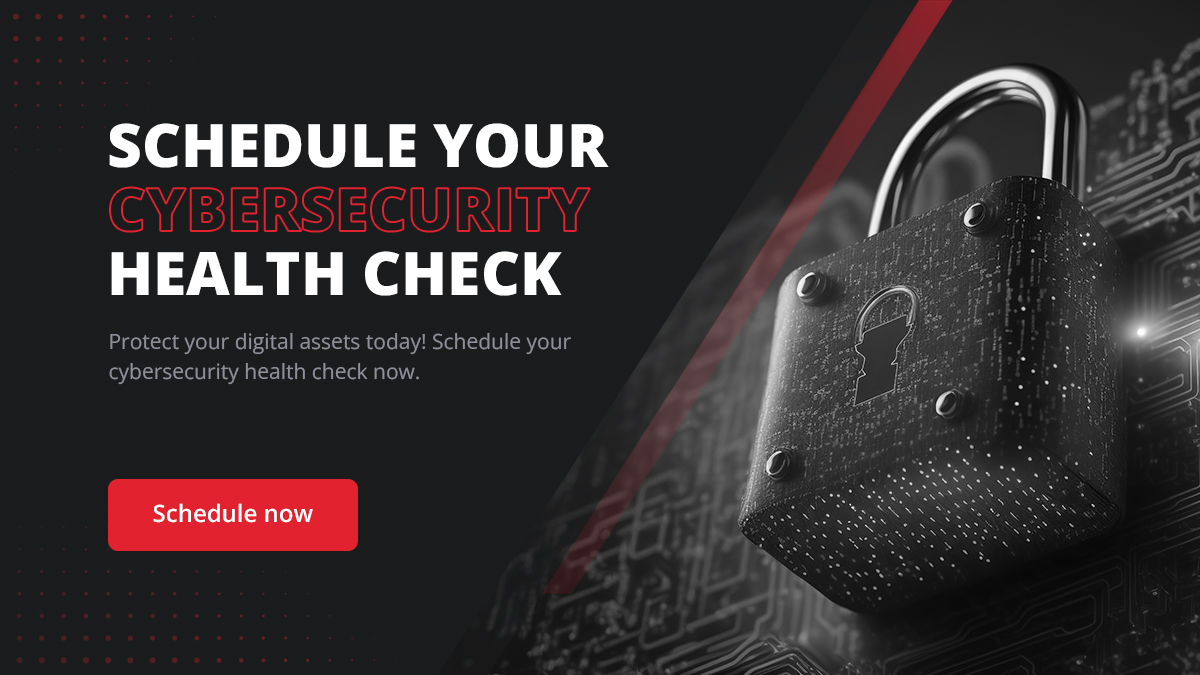
What is a DDoS attack in Cyber Security?
DDoS (Distributed Denial of Service) attacks amplify the principles of DoS attacks by utilizing a multitude of compromised systems, often part of a botnet, to launch a coordinated attack. This distributed nature not only increases the scale and impact of the assault but also complicates mitigation efforts. DDoS attacks can swiftly escalate, overwhelming targets with traffic from multiple locations and making it challenging to distinguish legitimate user traffic from malicious requests.
Types of DoS and DDoS Attacks

Flood Attacks or Volumetric Attacks
These attacks aim to consume all available bandwidth between the target and the wider internet, using massive amounts of data to create a bottleneck that prevents legitimate traffic from reaching its destination.
Amplification Attacks
Amplification attacks exploit the functionality of network protocols that respond with more data than they receive. Attackers leverage this discrepancy to multiply the volume of traffic directed at a target, significantly amplifying the impact without needing a large network of compromised devices.
Protocol Attacks
Protocol attacks exploit weaknesses in the transport and network layer protocols to disrupt connections between the target and its users. These attacks can lead to server overload by creating a large number of incomplete connections or sessions that never close.
Application Layer Attacks
Also known as Layer 7 attacks, these focus on exhausting the resources of a specific application or service rather than the underlying infrastructure. They are more sophisticated, targeting specific website or application functions with seemingly legitimate requests that require extensive processing.
Multi-Vector Attacks
Multi-vector attacks combine various methodologies to complicate defense efforts, targeting multiple layers of the network simultaneously. This multifaceted approach can confuse defensive measures and requires a comprehensive security strategy to mitigate.
Understanding DoS and DDoS Attacks and their Characteristic
Design and Execution of DDoS and DoS attacks
The execution of DoS attacks typically involves a single source, making mitigation somewhat straightforward with the right tools. Conversely, DDoS attacks utilize a distributed network of compromised devices, making detection and defense exponentially more difficult due to the attack's dispersed nature.
Impact of Attacks on Systems and Networks
The immediate effect of both DoS and DDoS attacks is the degradation of service quality, leading to slow response times or total unavailability. Beyond operational disruption, these attacks can have far-reaching consequences, including loss of customer trust, financial losses due to downtime, and potential legal implications for failing to protect user data.
Methods and Execution Strategies
Attackers employ various methods, such as exploiting software vulnerabilities, leveraging botnets for distributed attacks, or using amplification techniques to maximize disruption. The choice of method often depends on the target's perceived vulnerabilities and the attacker's objectives.
Targeted Components in DoS and DDoS Attacks
DoS and DDoS attacks can target various components of an IT infrastructure, including network bandwidth, server resources (CPU, memory), specific applications, or even devices such as routers and firewalls.
Measuring server performance during DoS attacks

Monitoring server performance metrics like CPU load, memory usage, and network bandwidth can provide early warning signs of a DoS attack. A sudden, unexplained surge in these metrics often precedes more visible symptoms of an attack, such as service degradation.
Multiple sources involved in DDoS attacks
The distributed nature of DDoS attacks, involving potentially thousands of unique IP addresses, complicates efforts to block malicious traffic without affecting legitimate users. This characteristic is what makes DDoS attacks particularly challenging to mitigate.
Comparison of DoS attacks with DDoS attacks
The key distinction between DoS and DDoS attacks lies in their scale and complexity. DDoS attacks, with their distributed approach, generally result in a higher volume of traffic and a broader impact on the target. This complexity requires a more sophisticated response, combining advanced traffic filtering, rate limiting, and anomaly detection techniques to distinguish and mitigate malicious traffic.
Role of IP addresses in DDoS and DoS attacks
The use of spoofed IP addresses is common in both attack types to obscure the origin of the attack traffic. In DDoS attacks, this technique also helps to distribute the attack's source, making it harder to block without affecting legitimate traffic.
Utilization of zombie bots in DDoS and DoS attacks
DDoS attacks often rely on botnets—networks of infected computers or IoT devices controlled by the attacker. These "zombie bots" can be spread across the globe, making the attack sources highly distributed and difficult to trace.
Effects on target networks and applications
While the immediate effects of DoS and DDoS attacks are similar, the long-term impacts can vary significantly. DDoS attacks, in particular, can cause prolonged downtime, lead to direct and indirect financial losses, and damage an organization's reputation.

Reasons for DDoSing: Attacker motivations
The motivations behind DoS and DDoS attacks are as varied as the methods used to execute them. They can range from simple vandalism or personal grudges to more calculated efforts aimed at extortion, political activism (hacktivism), or even state-sponsored cyber warfare. Understanding these motivations is crucial for anticipating potential threats and crafting an effective security posture.
Importance of DDoS and DoS protection
As the frequency and sophistication of DoS and DDoS attacks continue to rise, proactive protection and preparedness are more important than ever. Effective defense strategies must encompass both technical solutions, such as advanced firewall and intrusion detection systems, and organizational measures, like incident response planning and ongoing security training for staff.
How to Prevent DoS and DDoS attacks
In addition to the strategies outlined above, organizations can enhance their resilience against DoS and DDoS attacks by adopting cloud-based DDoS protection services, which can absorb and mitigate large-scale attacks more effectively than on-premises solutions. Furthermore, engaging in regular security assessments and penetration testing can help identify and address vulnerabilities before they can be exploited by attackers.
Implementing robust access control measures, such as two-factor authentication and strict permissions management, can also reduce the risk of compromise that could lead to a botnet being directed against your own or another's infrastructure.
Are DoS and DDoS attacks still a threat to Cyber Security?
Despite the best efforts of the cybersecurity community, DoS and DDoS attacks remain a significant and evolving threat. The advent of IoT devices has expanded the potential botnet size dramatically, providing attackers with an ever-growing arsenal of compromised devices. Additionally, the proliferation of DDoS-as-a-Service platforms allows even those with minimal technical skill to launch potent attacks, further increasing the threat landscape.

Conclusion
Understanding the differences between DoS and DDoS attacks, their methodologies, and their impacts is crucial for developing effective cybersecurity defenses. As cyber threats continue to evolve, so must the strategies to combat them. By implementing robust prevention measures, continuously monitoring network traffic, and staying informed about the latest cyber threats, organizations can significantly reduce their vulnerability to these disruptive attacks. For further assistance in protecting your digital assets, explore our security solutions at RedZone Technologies, products, and resources.
By proactively engaging in cybersecurity best practices, businesses can not only defend against DoS and DDoS attacks but also foster a secure digital environment conducive to growth and innovation. If you're facing immediate security concerns, don't hesitate to contact us for expert assistance.
FAQs
What is a RDoS – Ransom Denial of Service?
Ransom Denial of Service (RDoS) attacks combine elements of ransomware and DDoS threats, where attackers threaten to launch or continue a DDoS attack unless a ransom is paid. This form of cyber extortion requires a nuanced response strategy, balancing the need to protect services with the risks of incentivizing further attacks.
Permanent denial-of-service attacks
Permanent Denial of Service (PDoS) attacks, also known as "phlashing," aim to cause irreversible damage to hardware or software, contrasting with the temporary disruptions typically caused by DoS/DDoS attacks. The permanent nature of these attacks makes recovery particularly challenging and costly.
How do DDoS attacks impact the availability of cloud-based services and applications?
DDoS attacks can severely disrupt the availability of cloud-based services and applications by overwhelming network resources, causing downtime and latency. Since many cloud services share infrastructure, an attack on one service can affect others hosted on the same platform, amplifying the impact and undermining trust in cloud reliability.
What are the legal consequences for perpetrators of DDoS and DoS attacks?
Perpetrators of DDoS and DoS attacks may face, if they are found and caught, severe legal consequences. This includes criminal charges, fines, and imprisonment. Laws vary by jurisdiction, but penalties can be significant due to the disruption of services, financial losses, and potential harm to individuals or businesses. Additionally, civil lawsuits for damages are common in such cases.
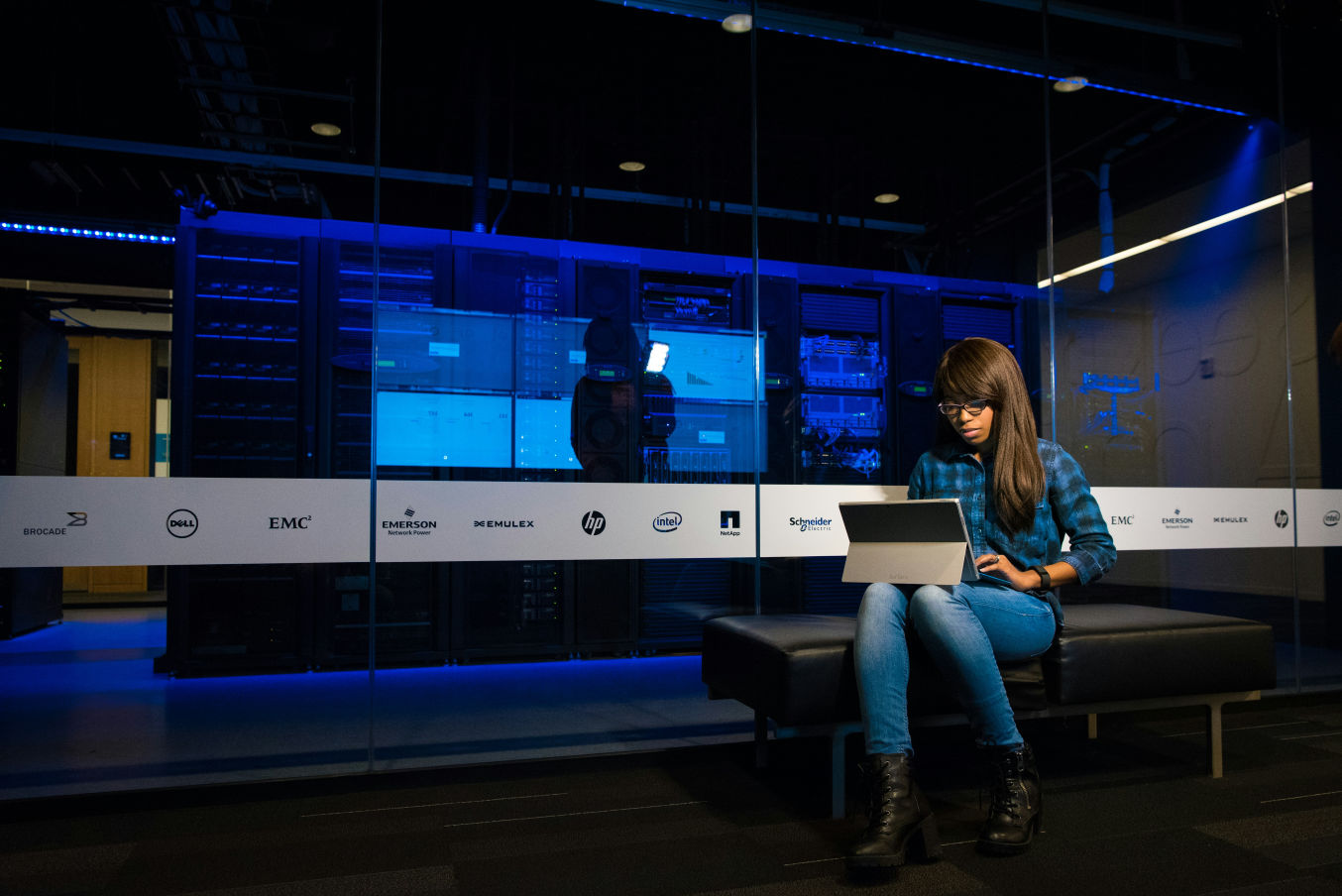 Security Updates
Security UpdatesUnderstanding IT Compliance: Scope, Benefits, and Challenges
Discover what IT compliance is, its importance, benefits, risks of non-compliance, frameworks, and how to achieve robust IT compliance in your organization.
 Security Updates
Security UpdatesImplement Secure Browsing with Powerful SSL Decryption
Explore the essentials of SSL decryption, its importance, challenges, and best practices for enhancing security and compliance for business in a detailed guide
 Security Updates
Security UpdatesTransitioning from Proxy Firewalls to Endpoint Security
Explore the evolution from proxy firewalls to endpoint security, enhanced threat detection, data encryption, and comprehensive protection for modern networks.
 Security Updates
Security UpdatesExpert IT Risk Assessment: Protect Your Business Today!
Mitigate potential IT threats with our comprehensive risk assessment guide, ensuring your digital infrastructure. Ensure your business is secure an...
 Security Updates
Security UpdatesEssential Guide to Best Practices in Compliance Security
Explore essential strategies for compliance security in this comprehensive guide. Learn about safeguarding your business and meeting regulatory sta...
 Security Updates
Security UpdatesSecure Your Data with Expert Cloud Database Solutions
Learn efficient solutions and secure your cloud databases with encryption and compliance features, ensuring data safety and privacy across all plat...
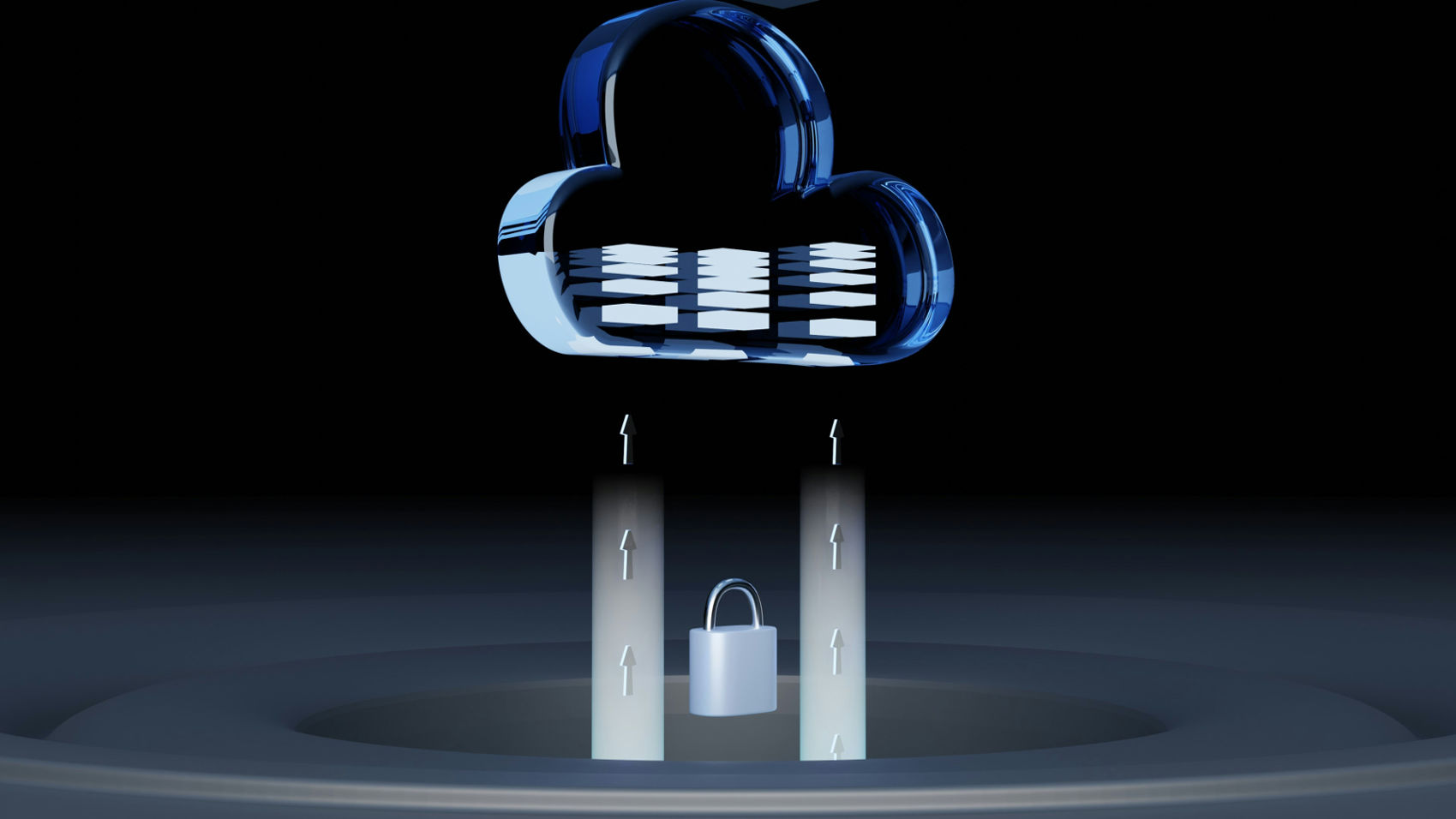 Security Updates
Security UpdatesA Guide to Cloud Network Technology: Benefits and Types
Unlock the potential of cloud network technology for seamless connectivity. Learn and scale solutions that drive business innovation and growth via...
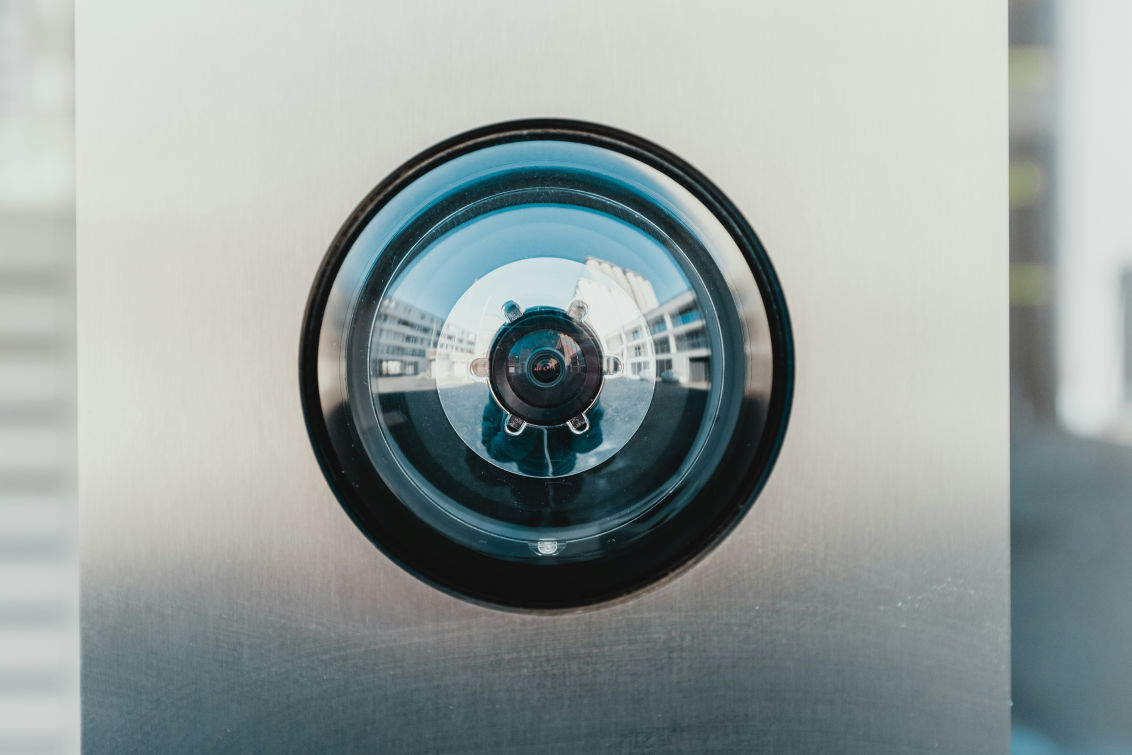 Security Updates
Security UpdatesAffordable Managed IT Services for Small Businesses
Explore top-managed IT services for small businesses to boost efficiency and security. Get expert insights and practical tips to optimize your IT o...
 Security Updates
Security UpdatesSecure Your Network with Gateway Security Solutions
Explore the essentials of gateway security: learn about its importance for network protection and best practices to safeguard your digital assets e...
 Security Updates
Security UpdatesDisaster Recovery Testing: Ensure Business Continuity
Explore effective disaster recovery testing strategies in this guide to maintain business continuity, prevent data loss, and minimize downtime duri...
 Security Updates
Security UpdatesMaximizing Security: Vulnerability Management Lifecycle
Explore the complete guide to the Vulnerability Management Lifecycle to boost your cyber resilience and secure your business IT infrastructure effe...
 Security Updates
Security UpdatesYour Network with Endpoint Security Management
Explore our comprehensive guide on Endpoint Security Management to understand its importance, how it works, and best practices for robust network s...
 Security Updates
Security UpdatesEnsuring Security Compliance: Tips, Insights & Strategies
Discover the essentials of security compliance, its importance, frameworks, and tools. Learn how to protect data and meet regulatory standards effe...
 Security Updates
Security UpdatesBoost Your Security with Internal Penetration Testing
Dive into internal penetration testing with our in-depth guide. Learn the essentials, techniques, and best practices to fortify your cybersecurity ...
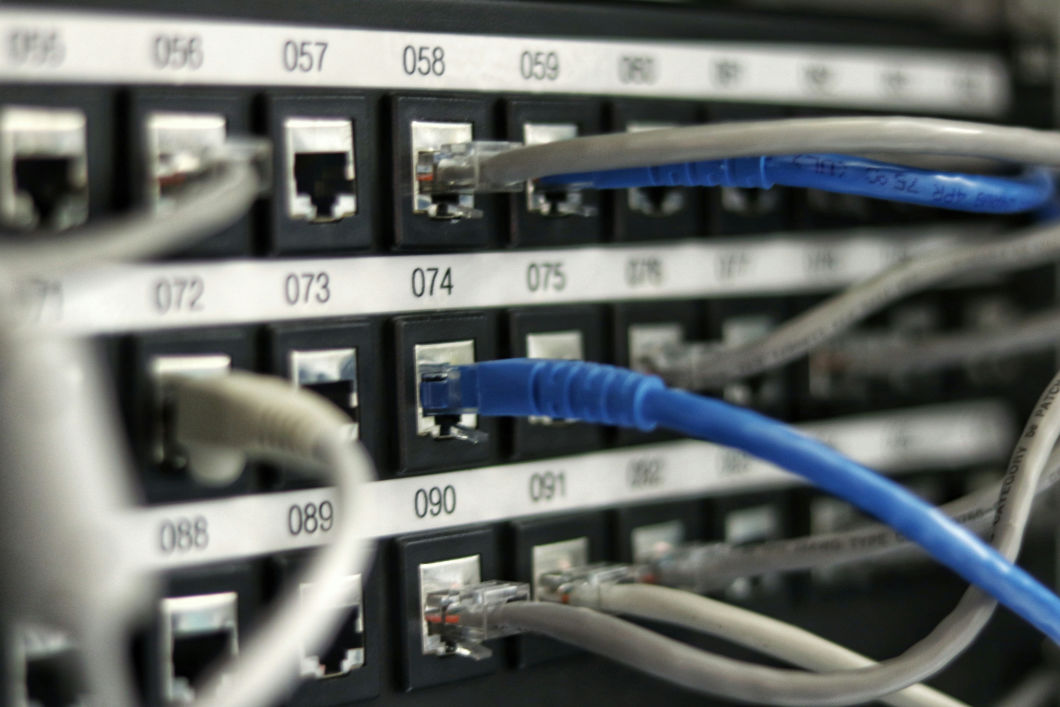 Security Updates
Security UpdatesEgress vs Ingress: A Guide to Data Traffic Management
Understand Egress vs Ingress in data management. Learn and explore their roles, traffic analysis, risks, and best practices for network and cloud s...
 Security Updates
Security UpdatesPrevent Credential Harvesting to Protect Your Precious Data
Understand credential harvesting. Learn how it works, common techniques, its impact, and strategies to prevent and mitigate attacks to secure your ...
 Security Updates
Security UpdatesSecure Your Big Data: Top Solutions for Data Security
Protect your valuable data with our robust big data security solutions. Learn about the threats and Safeguard against cyber threats and ensure comp...
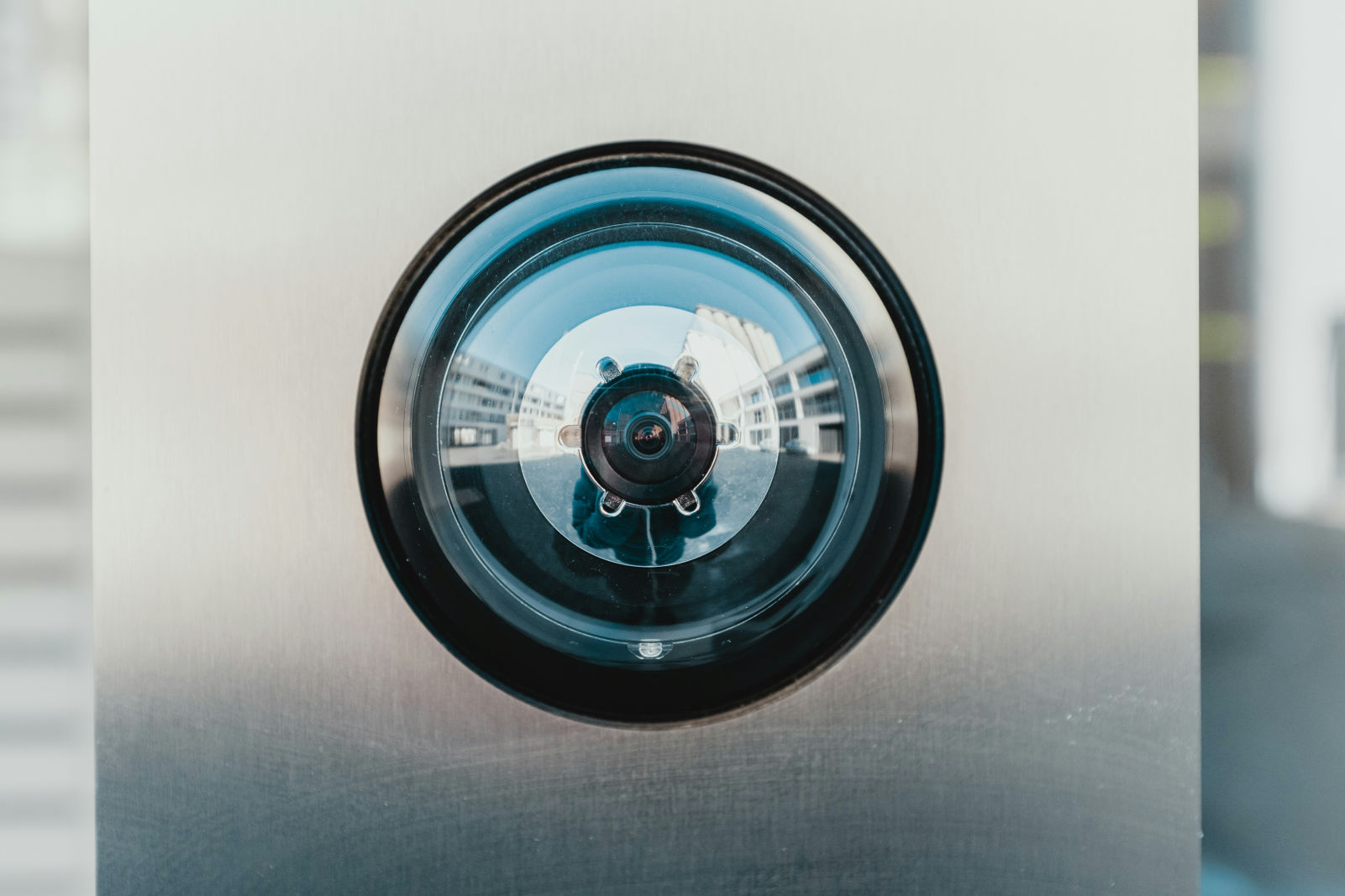 Security Updates
Security UpdatesSecure Your Network with Advanced Management Solutions
Explore the details of comprehensive network security management: Learn key strategies, best practices, and tools to safeguard your digital environ...
 Security Updates
Security UpdatesGuide to On-Path Attacks: Protecting Your Cybersecurity
Learn about on-path attacks in this comprehensive guide, exploring definitions, types, consequences, and key prevention strategies to safeguard you...
 Security Updates
Security UpdatesExploring Managed Cloud Services: A Comprehensive Guide
Dive into the Managed Cloud Services with our in-depth guide. Explore benefits, types, and best practices to enhance your business's cloud strategy...
 Security Updates
Security UpdatesComprehensive Guide to Ubiquitous Computing: Impact & Future
Explore the details of ubiquitous computing, from its core concepts and layers to its societal impact, key technologies, applications, and future p...
 Security Updates
Security UpdatesClone Phishing Explained: Detection and Prevention Guide
Discover how clone phishing works and its impact. Learn effective strategies to identify, prevent, and respond to these sophisticated email threats...
 Security Updates
Security UpdatesHow to Secure Your Business with Cyber Security Insurance
Explore the essentials of Cyber Security Insurance, covering its importance, types of coverage, benefits, and considerations for businesses in the ...
 Security Updates
Security UpdatesEfficient Data Spooling Solutions For Streamlined Operation
Learn How To Efficiently Manage And Store Your Data With Our Reliable Data Spooling Services. Keep Your Information Organized And Accessible With T...
 Security Updates
Security UpdatesMaximizing Compliance & Risk Management: Expert Strategies
Learn how to ensure business success with effective compliance and risk management strategies. Explore definitions, differences, frameworks, and ch...
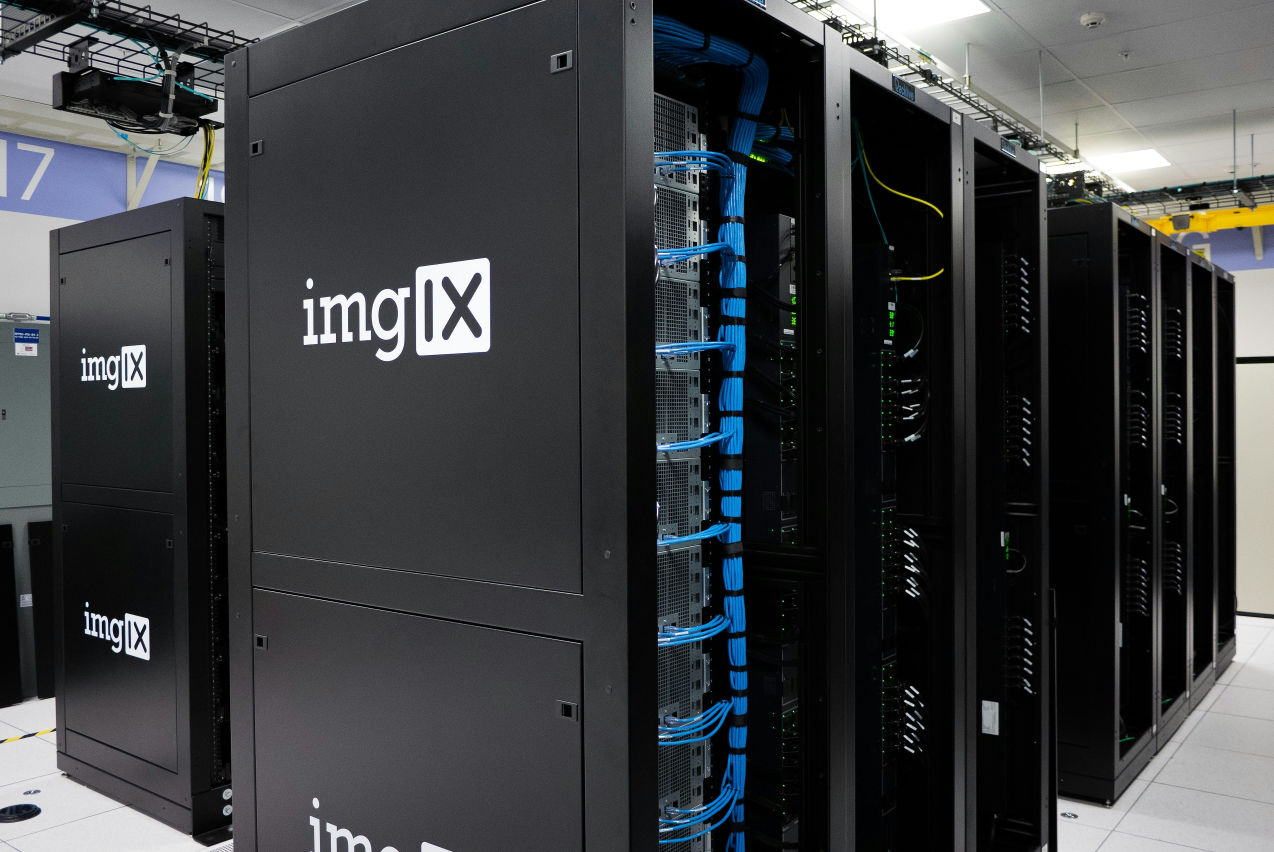 Security Updates
Security UpdatesUnderstanding MDF vs IDF: Key Differences & Benefits
Explore the crucial differences and examples between MDF and IDF in networking, understanding their roles, functions, and impact on network infrast...
 Security Updates
Security UpdatesRedZone Wins CRN's Top Security 100 & MSP 500 Awards 2024
RedZone Technologies earns CRN's Security 100 & MSP 500 Awards, affirming its leadership and innovative approach in the cybersecurity and IT manage...
 Security Updates
Security UpdatesJames Crifasi Speaks on Cybersecurity at Tech Conference
Join James Crifasi, CTO & COO of RedZone Technologies, at the Tech Conference as he explores cybersecurity's role in driving business growth and ad...
 Security Updates
Security UpdatesRedZone's James Crifasi Wins SonicWall's Technical Hero Award
CTO James Crifasi of RedZone Technologies earns SonicWall's Technical Hero of the Year, exemplifying unparalleled dedication to cybersecurity and I...
 Security Updates
Security UpdatesHow to Encrypt Email in Outlook
Learn how to encrypt email in Outlook with our step-by-step guide. Secure your messages using S/MIME, Office 365 Encryption OME, and add-ins for pr...
 Security Updates
Security UpdatesWhat Is Security Monitoring? Importance and Tools
Explore the importance of security monitoring, its key roles, types, and how it protects organizations against threats, ensuring compliance and pro...
 Security Updates
Security UpdatesServer 2012 R2 End of Life: Implications and Next Steps
Learn about Server 2012 R2 end of life: Understand its impact, key dates, risks post-EOL, and explore upgrade options and migration strategies for ...
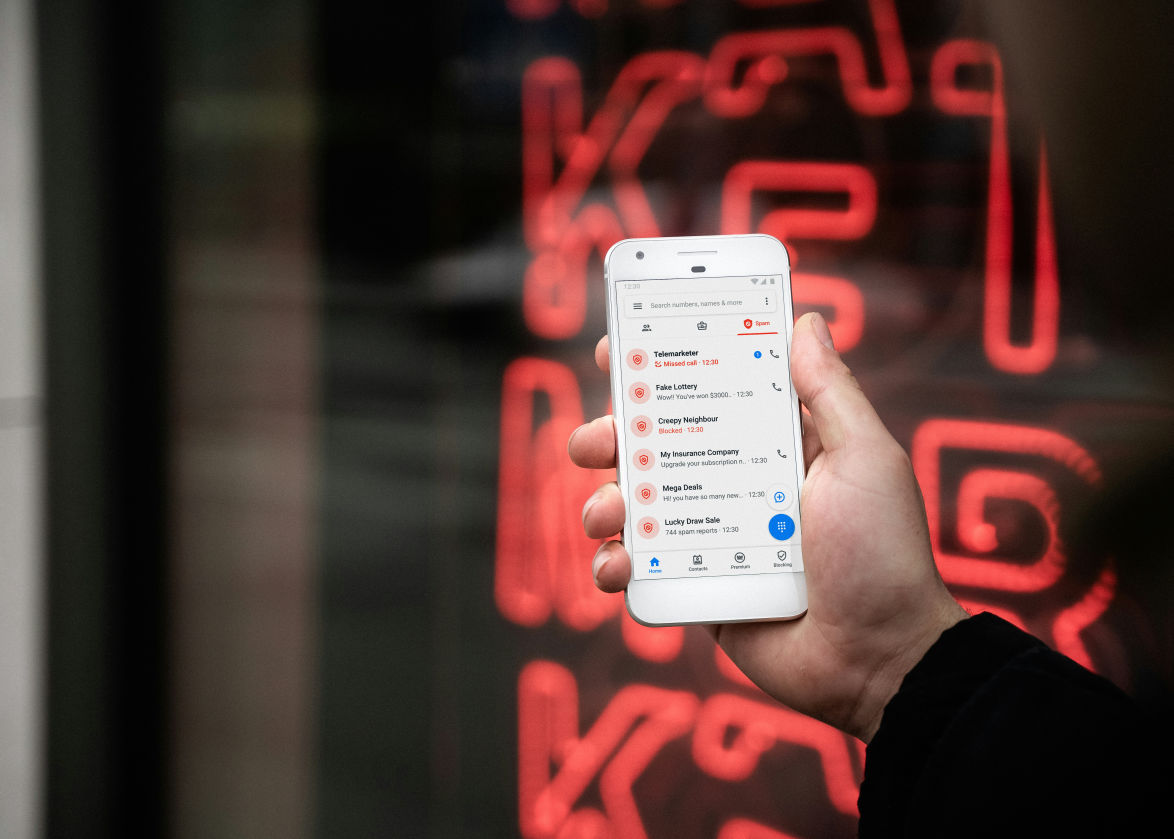 Security Updates
Security UpdatesProtect Personal Data: Smishing and Phishing Prevention
Know how to identify and protect against smishing and phishing attacks. Learn the techniques, types, and preventive measures for personal and busin...
 Security Updates
Security UpdatesSmurf Attack Guide: Prevention & Detection Strategies
Explore prevention & recovery from Smurf Attacks: Understand DDoS defense, detection signs, and secure network practices in our detailed cybersecur...
 Security Updates
Security UpdatesWhat is a Bad USB Attack, and How Do You Prevent It?
Learn about Bad USB attacks, their various forms, and strategies for safeguarding devices. Learn how to mitigate risks with effective prevention te...
 Security Updates
Security UpdatesKey Differences Between DOS Attack vs DDOS Attack
Explore the key differences between DDoS vs DoS attacks, their types, impacts, and prevention strategies in our comprehensive guide to enhance cybe...
 Security Updates
Security UpdatesUnderstanding the Impact of a Ping of Death Attack
Explore the ins and outs of Ping of Death attacks. Understand how they work, their impact on networks, and strategies to prevent them to keep your ...
 Security Updates
Security UpdatesThe Power of the Human Firewall: Your First Line of Defense
Discover the critical role of the human firewall in cybersecurity, combining employee vigilance with technology to protect against cyber threats ef...
 Security Updates
Security UpdatesStateful Firewall vs. Stateless Firewalls: What's the Difference?
Learn the key differences between stateful and stateless firewalls and how they protect your network. Discover the right choice for your security n...
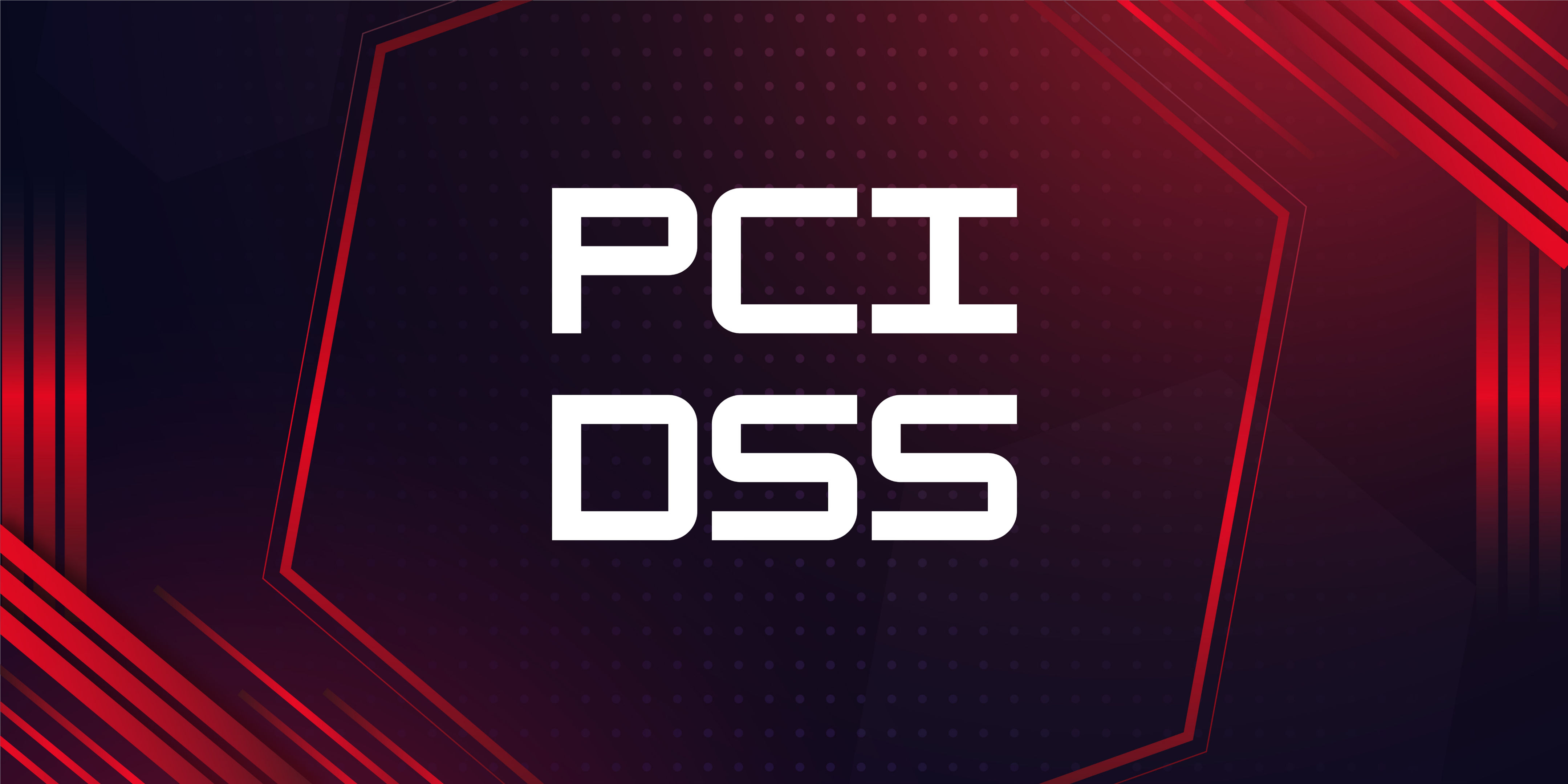 Security Updates
Security UpdatesUnderstanding the 4 Levels of PCI Compliance
Explore PCI DSS Compliance with RedZone: Key steps to protect card data and ensure secure transactions. Learn about compliance levels and tips for ...
 Security Updates
Security UpdatesWhat Is a Security Breach and How to Prevent Them
Learn how to effectively guard your business against security breaches with RedZone Technologies. Discover simple steps to keep your data safe and ...
 Security Updates
Security UpdatesUnderstanding Tailgating in Cybersecurity
Understand tailgating attacks in cybersecurity: what they are, how they work, and effective strategies for prevention to keep your business...
 Security Updates
Security UpdatesWhat is a Managed Service Provider and Its Benefits
Explore the role of Managed Service Providers (MSPs) in enhancing IT efficiency and cybersecurity for businesses, covering benefits, servi...
 Security Updates
Security UpdatesBreach Prevention: 5 Best Practices to Protect Your Data
Learn about data breaches: what they are, their impact, and how to prevent them. Explore best practices for securing your business against cyber th...






